ARTICLE
Kowdhi Quilts
A patchwork quilting tradition practised by women in northern Karnataka for household use. Kowdhi, variously spelled kaudi, koudi and kowdi, is made by reusing old cloth, typically a mix of printed and plain pieces. The composition of the patchwork and other aesthetic decisions are left entirely to the artisan. These quilts are sometimes gifted to a bride on her wedding day by her mother.
The cloth used in kowdhi quilts is sourced from old clothing, and to a lesser extent from the waste cloth discarded by tailors. Such waste scraps are washed repeatedly to remove excess dye and to make them as soft as old worn cloth. The artisan then uses a pencil and wooden frames to trace outlines of regular geometric shapes onto each piece of fabric. These shapes are cut out of the fabric and sewn together with a single, unbroken thread in a running stitch to form the top layer of the quilt. The middle layer is usually a polyester batting (or filling) to ensure that the quilt is warm. The bottom layer is a cotton sheet whose pattern or colour is chosen to compliment the patchwork on top. All three layers are sewn together in a grid pattern, first with large loose stitches to temporarily hold the cloth in place, and then with short, firm stitches along the patchwork pattern of the top layer. The final stage involves stitching the edges together, either by hemming them in or closing the edges with additional strips of fabric and sewing them down.
Kowdhi quilting is a small-scale practice that is underrepresented in the handicraft market. Some NGOs, such as BuDa Folklore, have made attempted to keep the tradition alive by holding workshops, commissioning quilts from local artisans and selling these through the craft collective Lyaavi. Although quilts are the traditional form, today kowdhi artisans use the technique to create other household textiles like mats, bags and table runners.
Bibliography
Our website is currently undergoing maintenance and re-design, due to which we have had to take down some of our bibliographies. While these will be re-published shortly, you can request references for specific articles by writing to hellomapacademy@map-india.org.




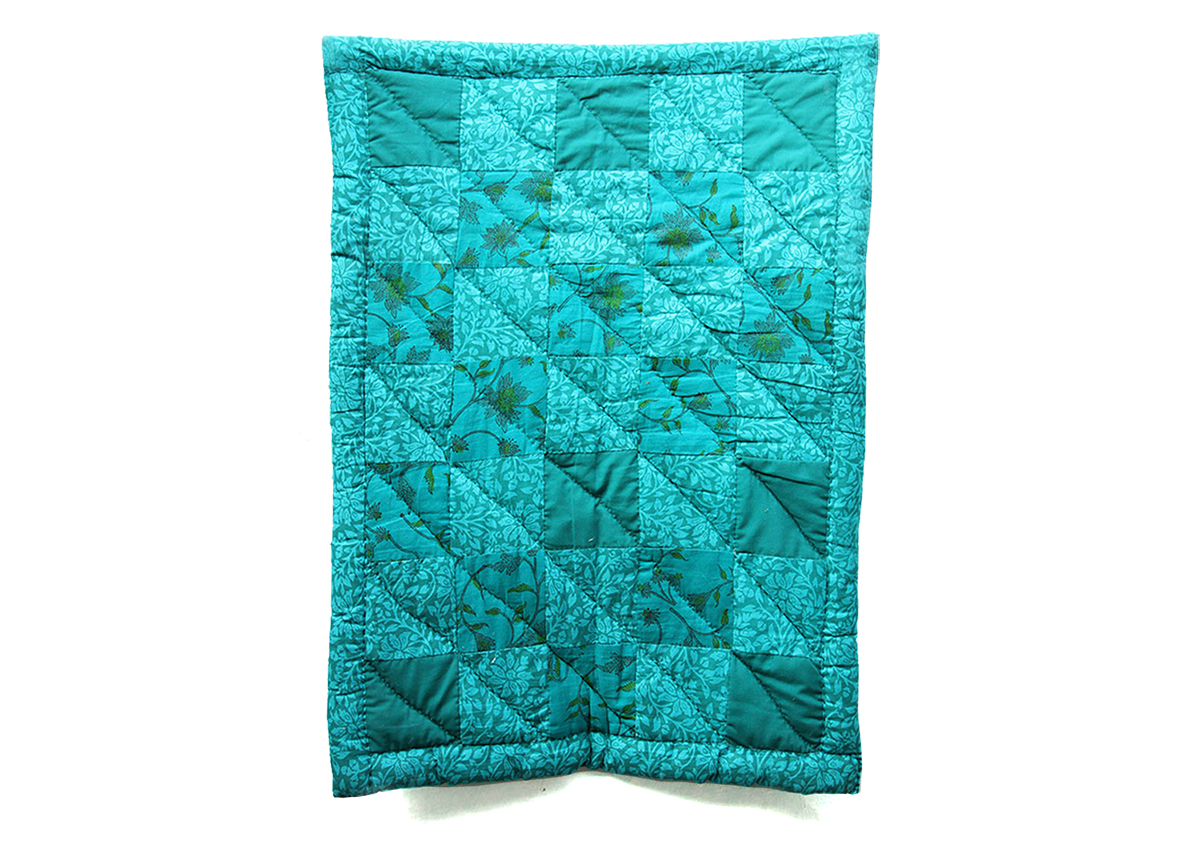
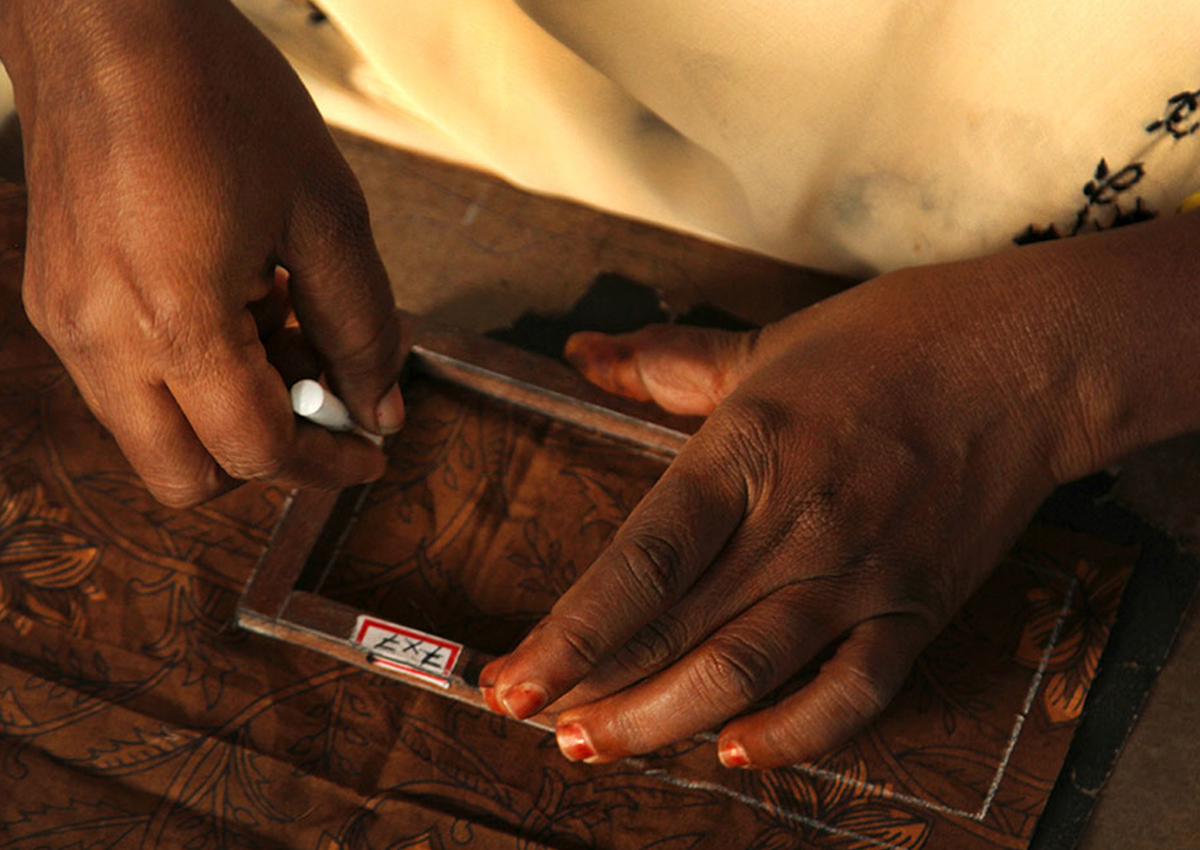
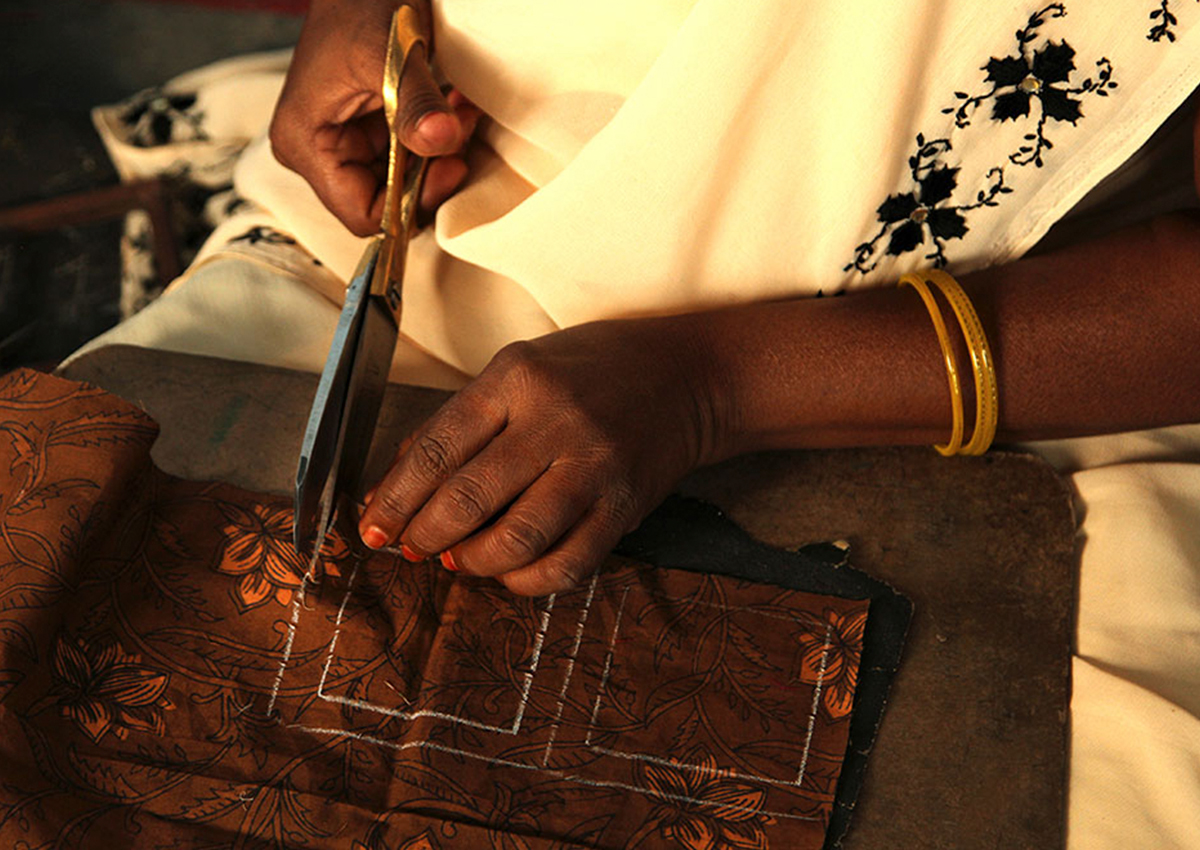
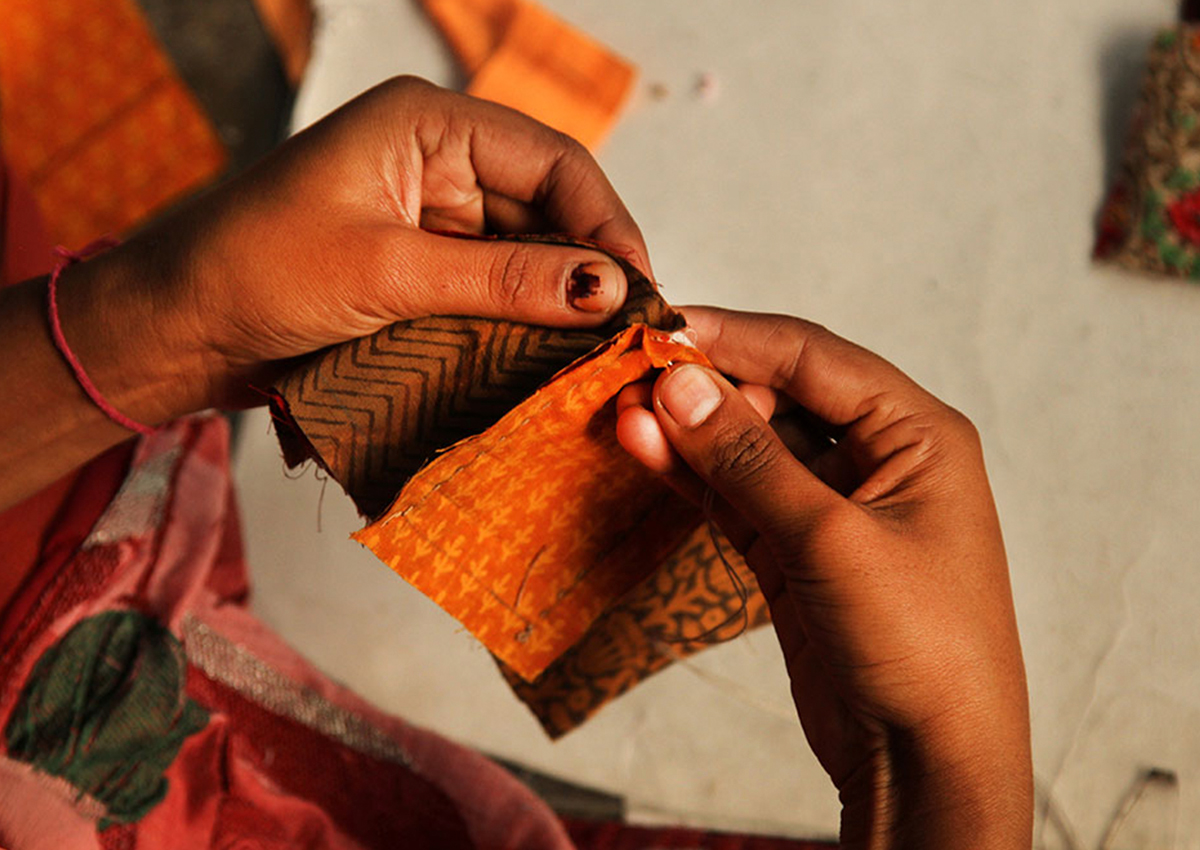
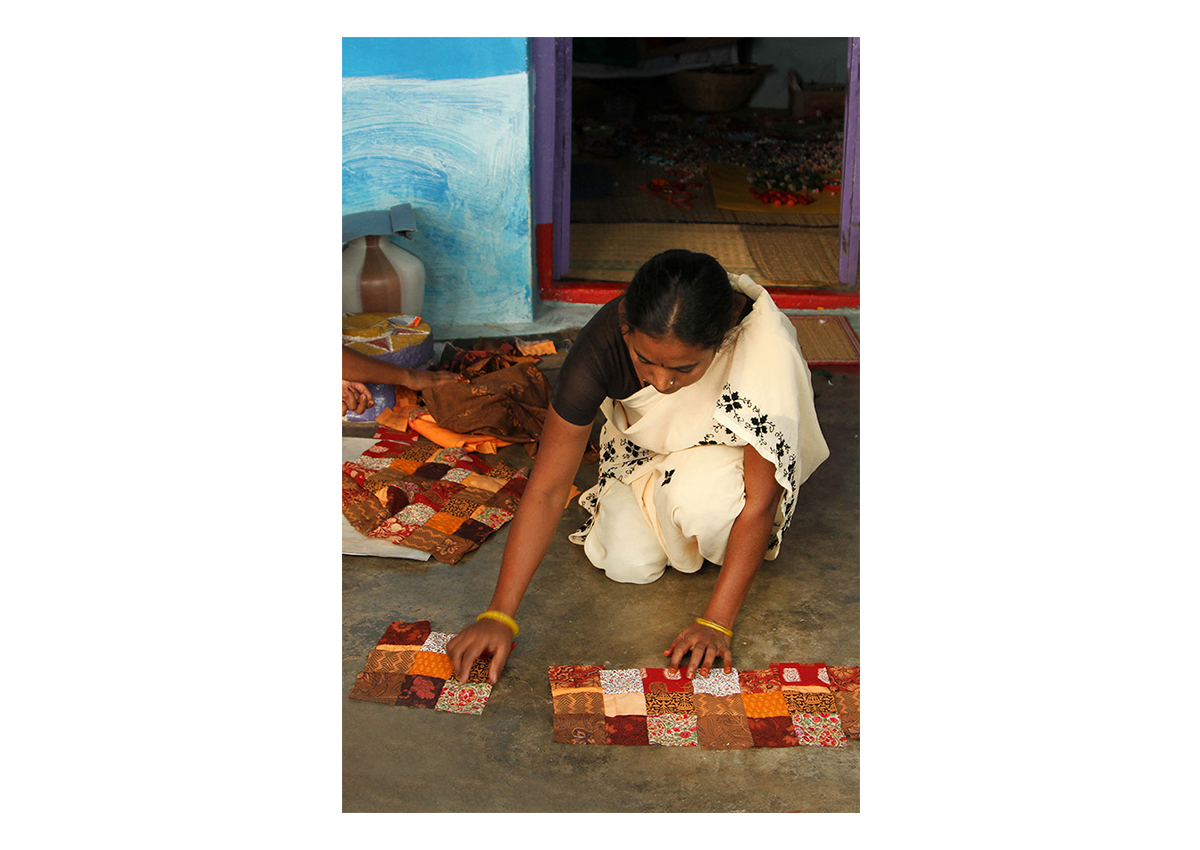
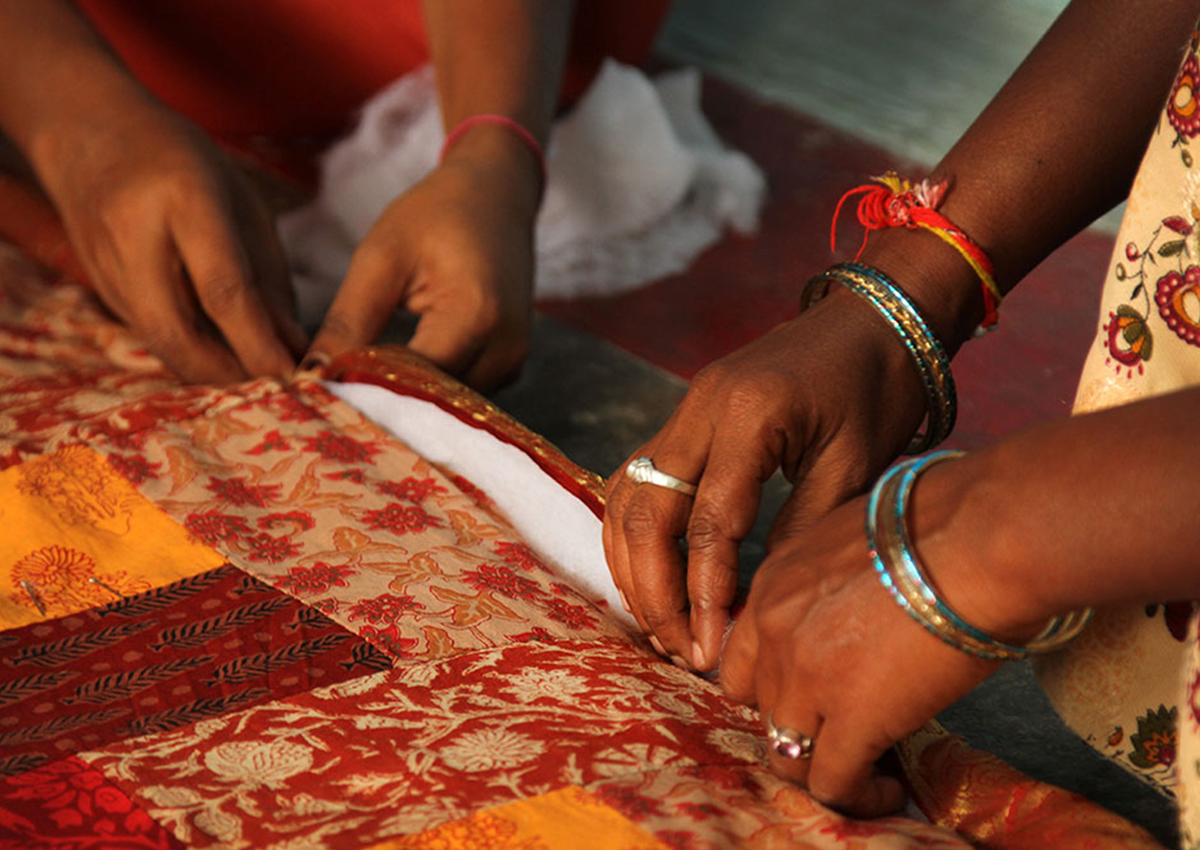
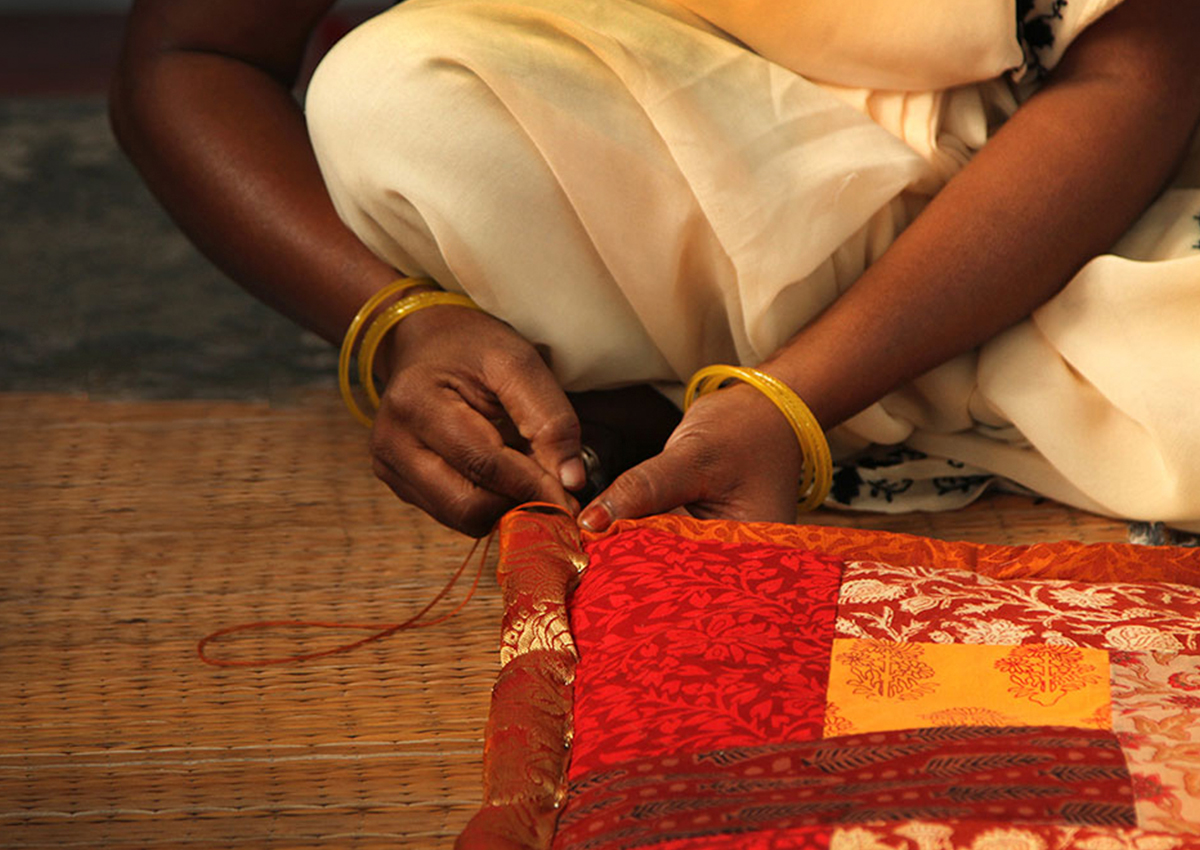
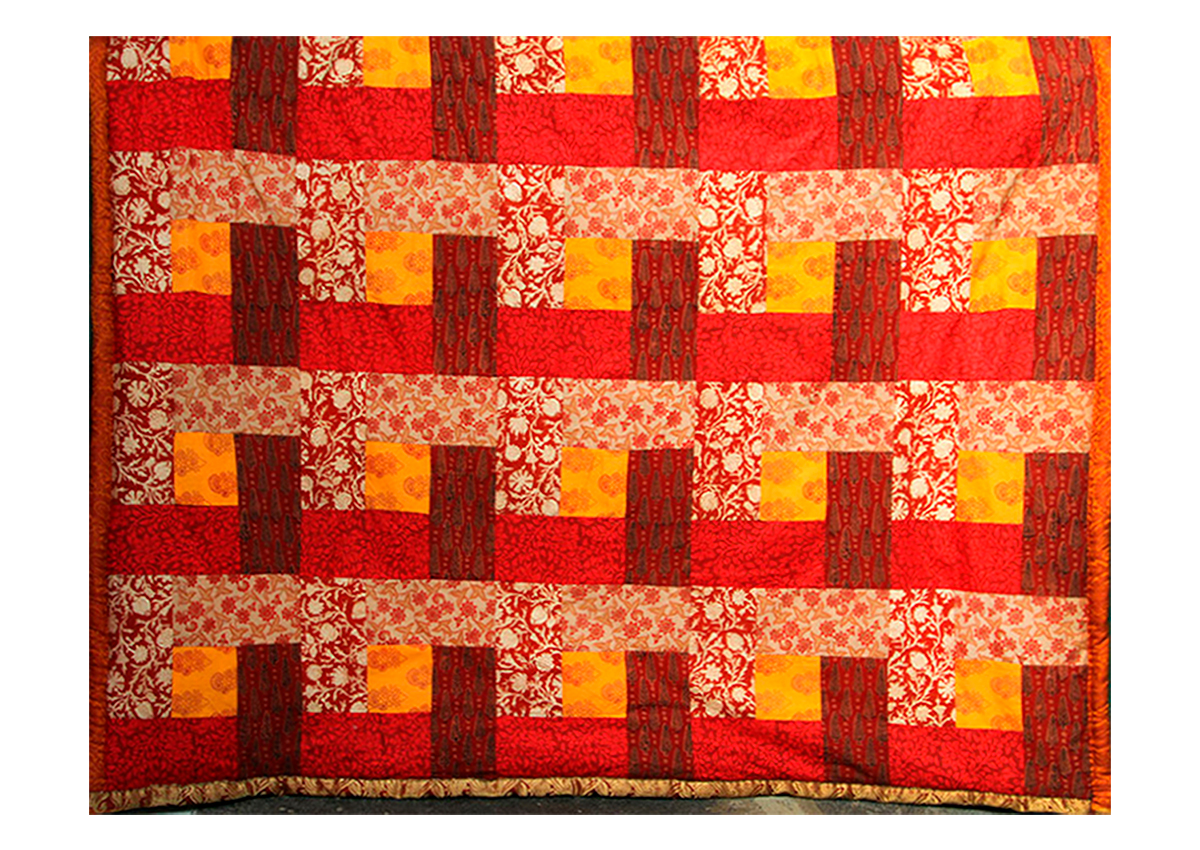
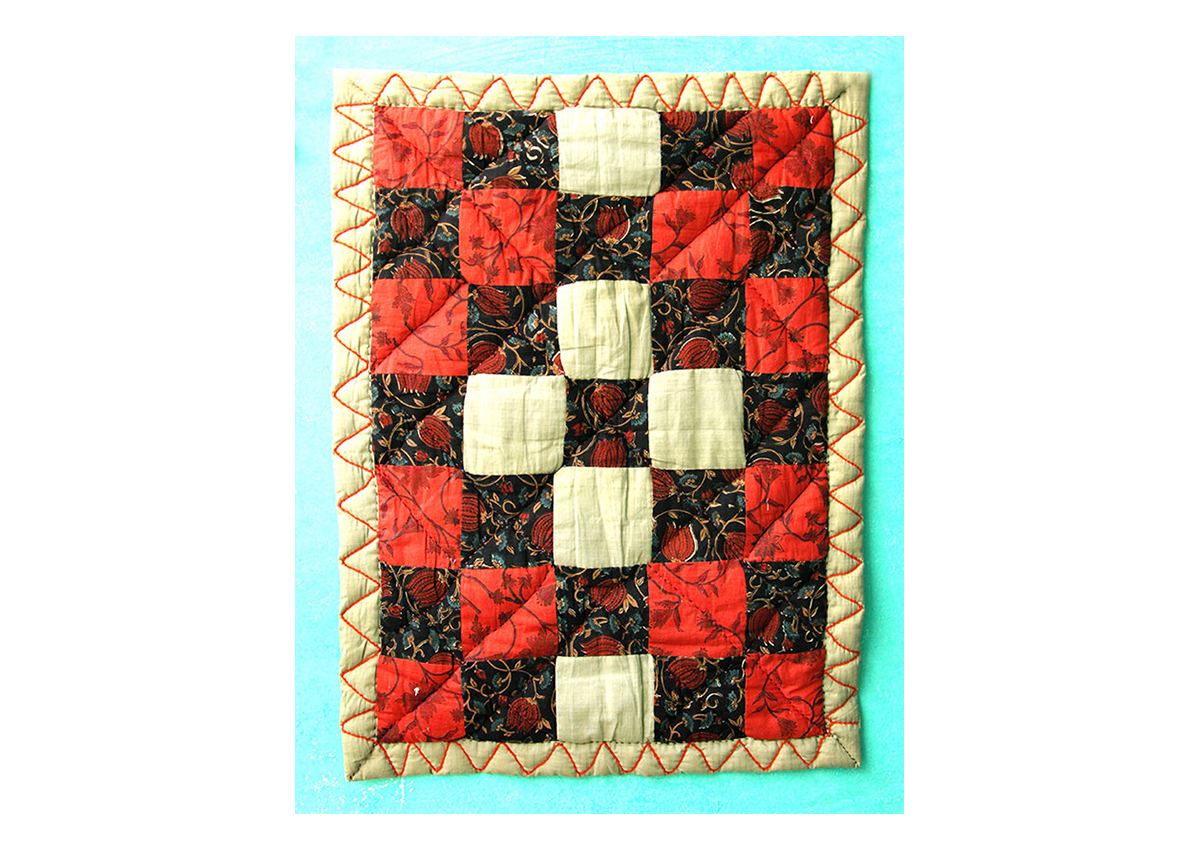

![The façade of the Maneckji Seth Agiary, a Zoroastrian fire temple, is a standout example of the popularity of the Persian Revival Style in Western India in the 19th and 20th centuries. This style was often seen in the architectural patronage of the Parsis, who emerged as one of the most influential mercantile communities of British India. Popular motifs of this style, like the mythical lamasus (winged bulls with human heads) and the faravahar (a winged guardian spirit in Zoroastrianism), drew on the historical art and architecture of the Achaemenid and Sasanian empires from sites like Persepolis, Bisotun, Taq-e Bostan, Naqsh-e Rostam and Naqsh-e Rajab in Persia.
The Parsi community’s adoption of this style occurred largely due to their networks of global commerce and politics, allowing them to access and translate research of ancient Persia into visible symbols that underlined their association with antiquity, imperial power, and art.
نمای آتشکدهی زرتشتی مانِکجی سِت نمونهی بارزی از رواج سبک «احیای [معماری] ایرانی» در غرب هند طی سدههای نوزدهم و بیستم است. این سبک غالباً در بناهایی دیده میشد که پارسیان، از بانفوذترین جوامع بازرگان در هند بریتانیا، بانیشان بودند. نقشمایههای محبوب این سبک، مانند گاو بالدار اساطیری (لاماسو) و فَروَهَر (روح بالدار نگهبان در دین زرتشت)، برگرفته از هنر و معماری شاهنشاهی هخامنشی و ساسانی، در جاهایی چون تخت جمشید و بیستون و طاق بستان و نقش رستم و نقش رجب، بود.
اقتباس جامعهی پارسیان از این سبک بسیار مرهون روابط گستردهی تجاری و سیاسی آنها بود که دسترس به پژوهشها دربارهی ایران باستان و برگردانیدن آنها به نمادهای بصری را ممکن میکرد و بر پیوند پارسیان با دوران باستان و قدرت شاهنشاهی و هنر تأکید میکرد.](https://mapacademy.io/wp-content/plugins/instagram-feed/img/placeholder.png)
